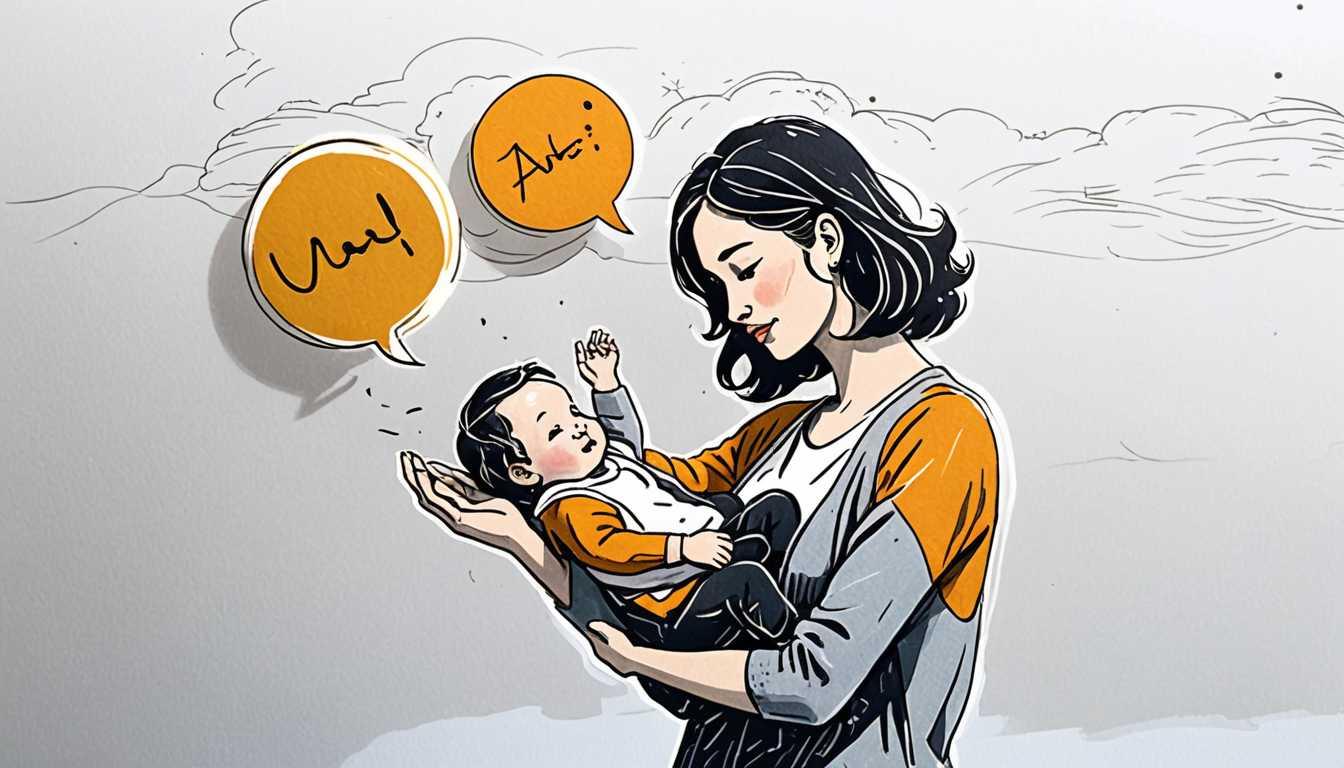Colors Reimagined: Bilingual Minds
November 2023
Massachusetts Institute of Technology (MIT)
Introduction
Dive into the colorful world of language with MIT's latest discovery! Ever wondered how learning a second language might change the way you see colors? Researchers found that the Tsimane’ people of Bolivia, traditionally using the same words for blue and green, began distinguishing between the two after learning Spanish—without borrowing Spanish words but by adapting their own. This fascinating study not only sheds light on the plasticity of human perception but also on the power of language learning. Get ready to see the world in a new spectrum!
READ FULL ARTICLEWhy It Matters
Discover how this topic shapes your world and future
Seeing the World in New Colors
Imagine living in a world where the sky and the grass might be described with the same word. Sounds unusual, right? This is the reality for some communities, where the language doesn't distinguish between what many of us know as "blue" and "green." This topic dives deep into how languages evolve and how learning a second language can dramatically change the way we perceive and describe the world around us. It's a fascinating exploration of the intersection between language, culture, and perception, showing us that the way we see colors isn't just about our eyes but about the words we have to describe them. For you, this could mean realizing how learning new languages might not only allow you to communicate with more people but also see the world in ways you never imagined.
Speak like a Scholar
Basic color terms
Words in any language that are commonly used to describe colors, such as ""red,"" ""blue,"" or ""green.""
Bilingual
A person who is fluent in two languages.
Monolingual
A person who speaks only one language.
Color space
A specific way of organizing colors, which can vary greatly between different cultures and languages.
Cognitive sciences
An interdisciplinary field that studies the mind and its processes, including how people think, learn, and perceive the world.
Perception
The way in which something is regarded, understood, or interpreted, which can vary significantly from person to person.
Independent Research Ideas
Exploring color perception across cultures
Investigate how different cultures perceive and categorize colors, and how this affects communication and understanding within and between cultures. This could involve comparing a variety of languages and their color vocabularies.
The impact of bilingualism on cognitive abilities
Research how learning a second language influences cognitive processes beyond language acquisition, such as problem-solving skills and creativity, focusing on the concept of color perception as a case study.
Language evolution and environmental influence
Study how environmental factors, such as the natural landscape and predominant colors in a society's surroundings, might influence the development of color terms in a language.
Color terms in technology and digital media
Analyze how modern technology, especially digital media, influences the development and standardization of new color terms. This could include how color names are created and shared through social media.
The role of language in artistic expression
Explore how artists from monolingual and bilingual backgrounds describe and use colors in their work, and how language might limit or enhance artistic expression, especially in terms of color usage and perception.
Related Articles

Dyslexia: Lost in Translation?
March 2023
BBC

Talking Through Time: Language's Mystery
May 2018
The Conversation

“Babbling Brilliance: How Babies Shape Speech”
February 2025
Cornell News Highlights

Dreaming in Multilingual
February 2023
BBC

Decoding Baby Babble: A Science Dive
October 2023
Massachusetts Institute of Technology (MIT)